There are two ways to build backlinks:
- Ask people to link to your website.
- Don’t ask people to link to your website — let them come to the decision on their own.
This article is about the latter.
We’re going to talk about website content that automates the link-building process and saves your business a ton of money on outreach.
Keep reading to learn about link bait content and to see some high-quality examples.
What Is Link Bait?
Link bait is a broad term for online content that’s designed to generate backlinks from other websites.
It’s a lot different than “clickbait,” which is designed to attract eyeballs at any cost. On the contrary, link bait is designed to provide so much value that users want — or feel compelled — to share it with their own audiences.
Types of Link Bait
Link bait can take many different forms, but here are some types of content that work particularly well:
- Studies and statistics that writers can cite in their own articles
- Free, in-browser tools that perform a helpful service (think calculators, timers, or content generators)
- Visuals and graphics that publishers can use to improve their content
- Controversial takes that elicit reactions from industry insiders
- How-to guides that simplify a complex process
Keep reading to see what these look like in real life.
Link Bait Examples
Here are some examples of good link bait:
1. Rover’s Top Dog Names Report

Every year, Rover reports on the top dog names of the previous 12 months. It’s a long page, with the most recent edition pushing 5,000 words, and it includes all kinds of lists, videos, and graphics.
The coolest thing about this report is that Rover pulls all the information from one source: their own customer database. Customers are asked to share their pet’s name when signing up, making Rover possibly the world’s foremost expert on dog name trends.
It’s a fantastic example of how a company can repurpose its resources to create a valuable resource with viral potential. Not surprisingly, it currently has backlinks from nearly 950 different domains.
2. ToolTester’s ChatGPT Statistics Article

Everyone was talking about ChatGPT this year. Everyone was writing about it, too.
ToolTester knew that journalists and bloggers would need statistics to cite in their writing, so they compiled some timely stats about ChatGPT’s user base and operational costs.
“It’s a great resource for journalists writing on the topic of AI, so gets a lot of backlinks from high-authority domains. ” – Roberta Phillips, Marketing Manager @ToolTester
The article also includes some helpful information related to the tool’s history, functionality, and limitations, accompanied by slick infographics that illustrate some of the article’s most compelling stats.
To date, this piece of content has backlinks from 420 websites, including domains as authoritative as TechRadar, ComputerWorld, and Hackernoon.
3. Nectar’s Employee Recognition Statistics Article
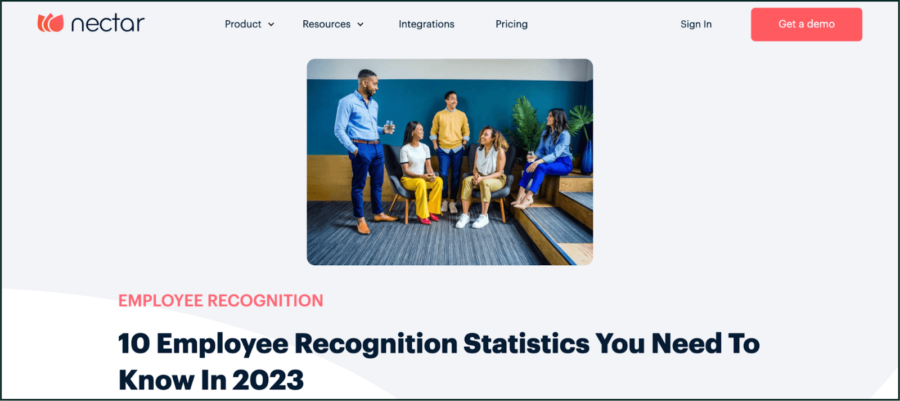
Nectar’s collection of employee recognition statistics is another example of how research-driven resources can be fantastic link bait.
The stats come from the HR SaaS company’s internal surveys. The page has accumulated backlinks from nearly 100 sites so far.
More importantly, the page has earned links from some of the biggest names in the HR industry, including BambooHR and Vantage Circle.
Backlinks are great, but the most valuable backlinks come from websites in your industry — because it shows Google that the experts in your field consider you a fellow expert.
It’s not always easy to get backlinks from the industry’s biggest names, but Nectar’s article shows one way to do it.
4. Intergrowth’s SEO Stats Article
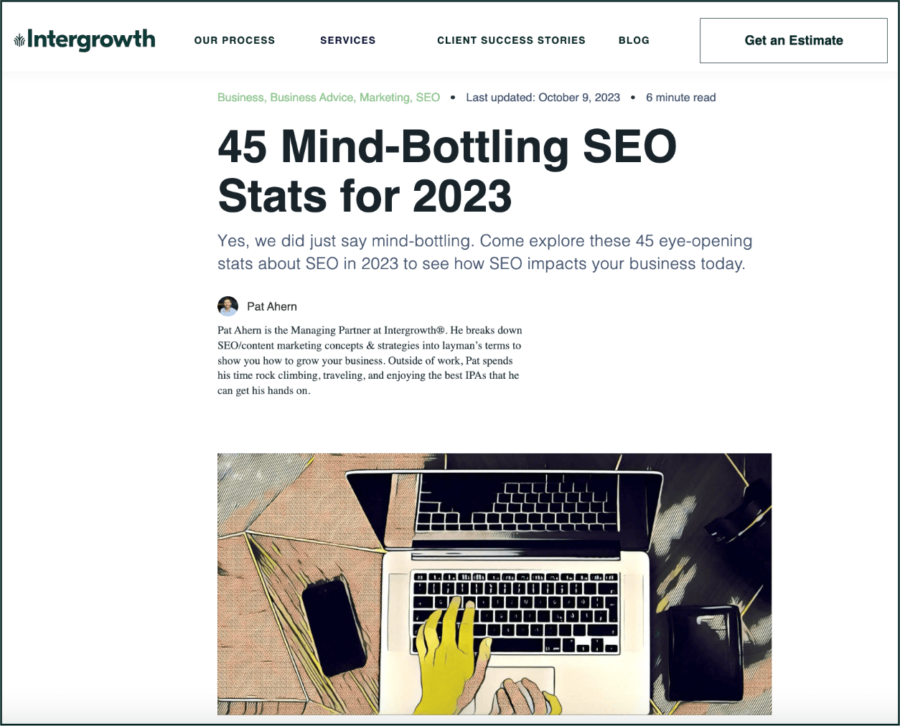
Alright, before we move on from stats articles, I’ll take the opportunity to show off one of our most successful blog articles: our SEO stats article.
We published it a few years back but update it regularly as new information comes out. And so far, it’s earned us backlinks from 1.3k other websites, including SEMRush, Moz, and Wix.
5. evo’s Ski Size Calculator
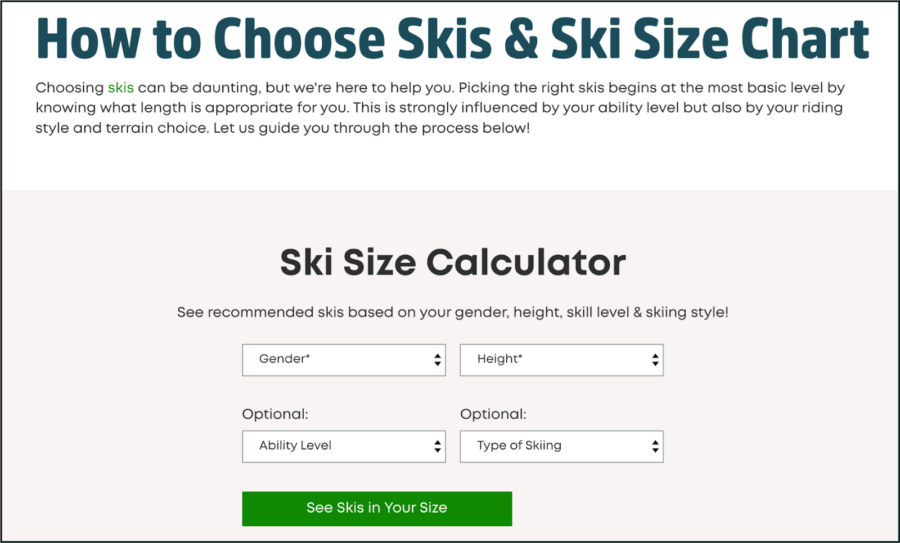
Sometimes, link bait can actually funnel your audience to your conversion pages in addition to driving backlinks.
Take evo’s ski size calculator, for example. It asks the user for seven simple pieces of information and connects them with a list of skis that fit their needs.
It’s essentially a product search engine for skiers who don’t know what to search for. There’s a simple ski size chart page, too, which is helpful for readers who just want a quick size check without being redirected to a product page.
So far, the site has links from over 100 other domains.
5. Bloom.io’s Invoice Generator
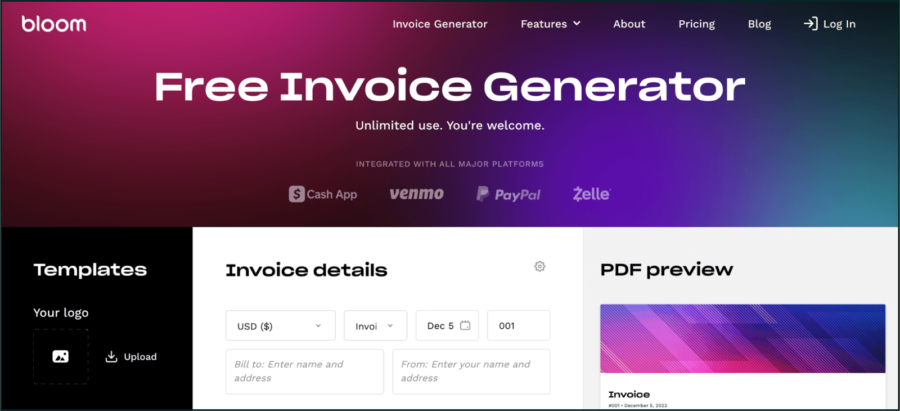
Bloom’s free invoice generator is another example of content that drives links by providing a service. This tool automatically spins up an invoice based on the data you input.
It’s a great lead driver because it attracts viewers who (presumably) don’t yet pay for a SaaS product that generates invoices, which is one feature of Bloom’s paid product.
However, it also generates backlinks from users who are excited to share it with their friends, and those backlinks are crucial for a small company in the crowded CRM industry. Thus, this invoice generator has been a big asset to their website, generating backlinks from about 100 domains.
Related: Learn how we helped Bloom.io increase sign-ups by more than 80% in 9 months!
6. Eagle Eye Produce’s Watermelon Infographic
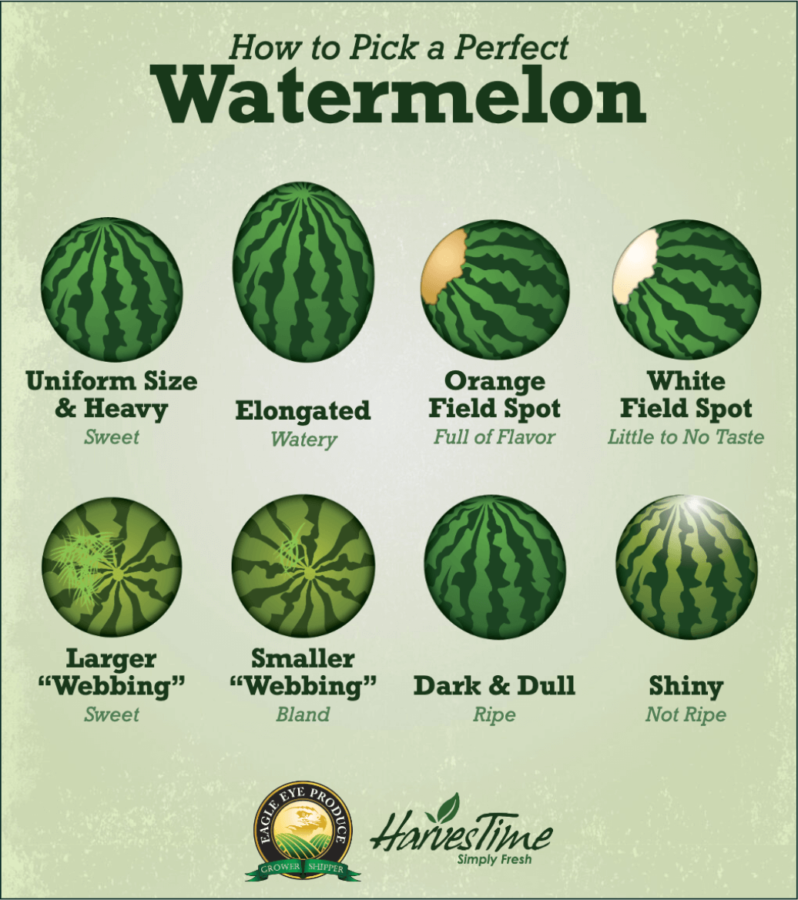
According to Ahrefs, the words “how to choose a watermelon” get searched about 3.7k times every month, on average.
It’s surprising, I know, but Eagle Eye Produce was able to capture huge portions of that traffic by creating an article that ranks first for that keyword (as of the time of this article’s publication).
Wisely, their article includes a simple infographic that illustrates exactly what a watermelon should taste like based on its appearance. So far, it has backlinks from around 80 domains.
7. King Arthur’s Baking Tutorials
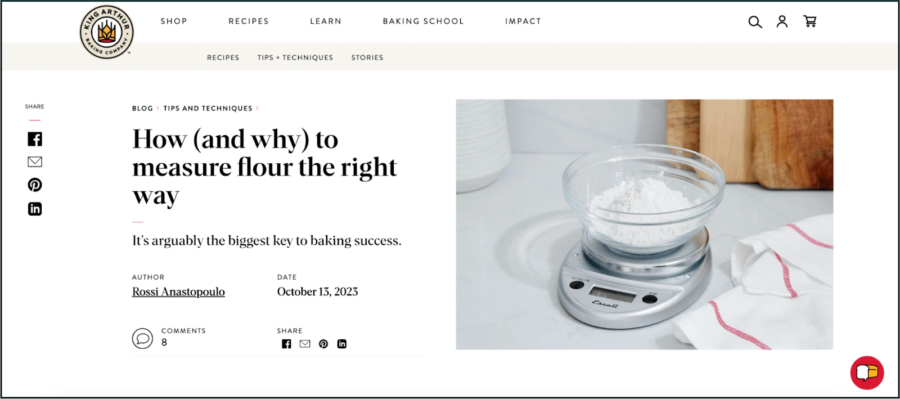
There’s no shortage of recipe websites out there, but the content that King Arthur Baking Company publishes is far more streamlined and helpful than most of the 12,000-word tomes we see so much of.
Their article entitled How (and why) to measure flour the right way is a perfect example of what King Arthur does well; it gets to the point and teaches the reader how to do something. It also offers an alternative (i.e., “the right way” described in the title) to the typical method.
Even better, the article includes a quick how-to video that accompanies the article. The video itself has garnered a few hundred thousand views on YouTube, but the article — one of the more popular on their blog — has earned links from over 160 domains.
Why Are Backlinks Important, Again?
Google looks at backlinks as a sign of trust; if a website links to you, they must trust you. Search engines want to direct their users to the best resources related to their search, and backlinks help them understand which websites are the best.
If you have a lot of links from respected sites in your industry, Google tends to assume that your site is also a respected site, and your pages will likely rank higher.
Search rankings aren’t directly correlated to the number of backlinks (i.e., the site with the most links isn’t guaranteed to be at the top). Still, we find that a site’s rankings improve as it acquires links, especially from niche-relevant sites.
Tips for Making Successful Link Bait
Backlinks are crucial for a website’s growth. Here are a few tips to help you create resources that continue to drive links:
1. Make Something People Can’t Copy
Unfortunately, if you make something that people can copy, they will. Make something that people have to link to, not something that they can spin their own version of.
For instance, many people don’t have the resources to make good videos. If your blog articles are full of helpful video tutorials, your content will stand out (and likely generate links).
2. Don’t Be Afraid to Stray from Your Content Focus
While some link bait can drive sales, that’s not always its job. This content earns backlinks, which can improve your website’s overall visibility in search engines.
Therefore, it should be for a wider audience than just your target customer. For example, stats-based articles are usually written for bloggers and journalists to cite. Our SEO stats article has driven 1,000+ backlinks for our site, but it hasn’t driven any conversions.
3. Update Your Resources Regularly
While some link bait is evergreen, others have a shelf life. For example, stats-based articles can become obsolete as new research is published.
Outdated link bait will stop generating links, so review your resources at least once a year and update them as necessary.
4. Promote It to Gain Some Momentum
Some pieces of content are hard to promote on search engines because people may not know they need it (and therefore won’t search for it).
Promoting it on social media, email newsletters, or even PPC ads can help drive some initial traffic to your resource.
5. Optimize It for Search Engines
Great link bait finds an audience through search engines. Optimizing your content for Google and other platforms can help you get it in front of your target audience.
Here are a few ways to optimize your pages for search engines:
- Build them around valuable search terms
- Embed graphics, videos, and in-browser tools (ex. calculators) within longer blog articles to help search engines understand their context
- Write attention-grabbing meta titles and descriptions to attract searchers
- Take measures to improve your site’s loading speed
Link bait is an important part of a good link-building strategy. While you might always have to do some outreach, a good link magnet can help you grow your site’s backlink profile without relying on outreach.
Want help building out your content strategy and earning backlinks? Get in touch! We’ll get back to you within a day or two to schedule a consultation call.
SCALE YOUR ORGANIC TRAFFIC
Subscribe to our monthly newsletter




